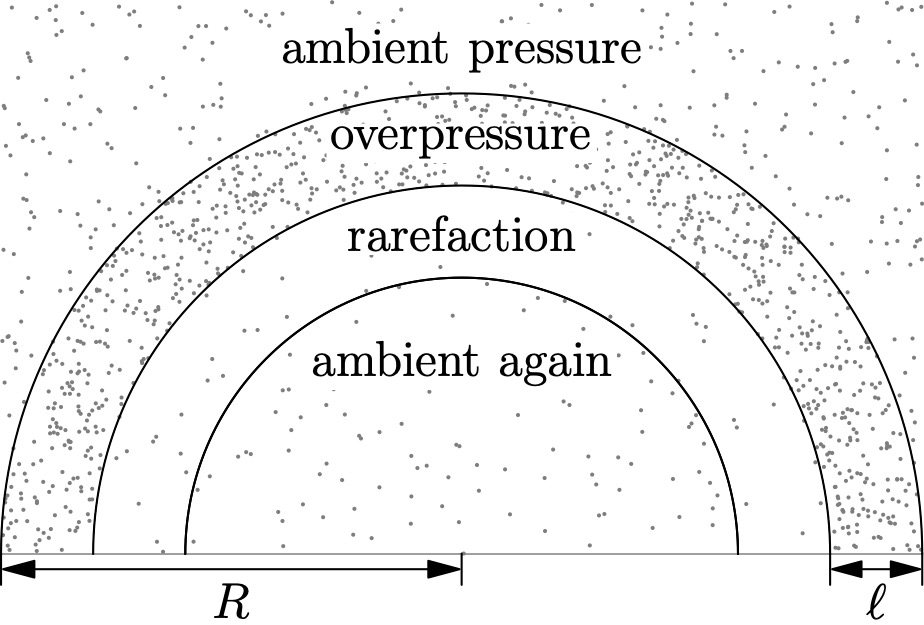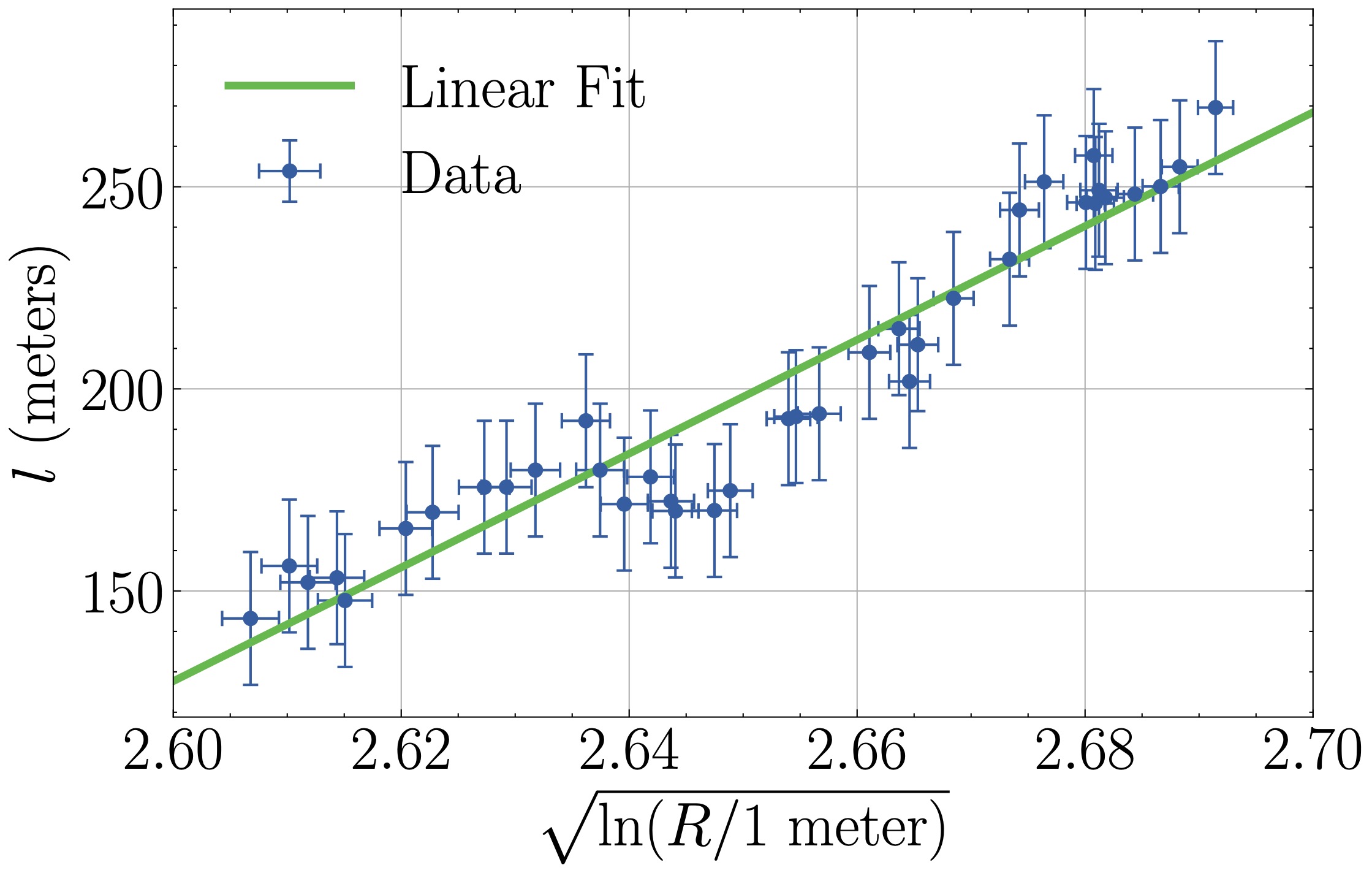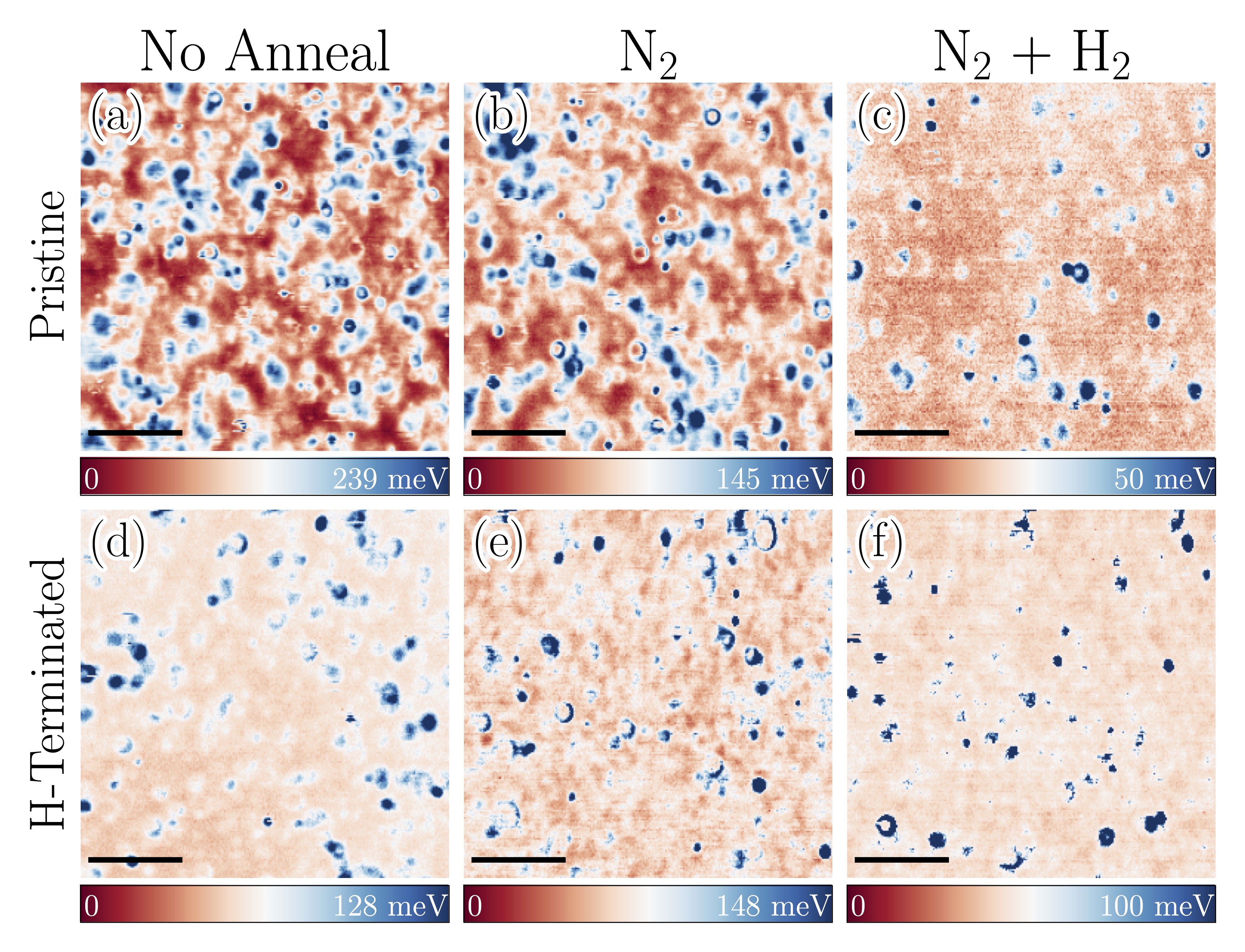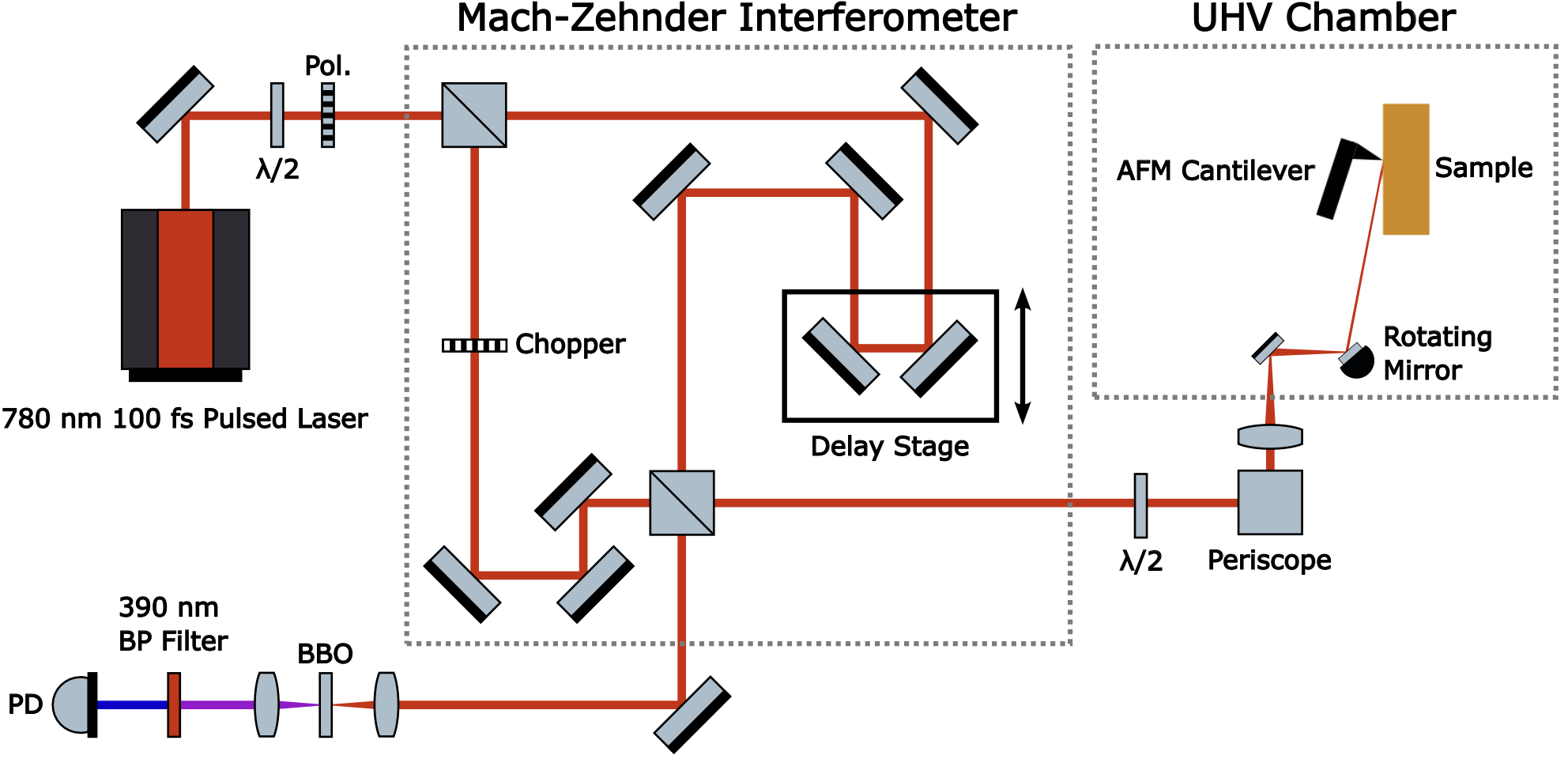Adam J. Czarnecki
Physicist and Researcher
I’m a physicist working at the intersection of nanoscience, optics, and surface physics. My current research explores scanning probe techniques and nonlinear optical phenomena in semiconductor and 2D systems. I’m especially interested in how nanoscale noise, dissipation, and light–matter coupling reveal the physics of quantum and interfacial materials.
Education
McGill University
2022 - 2024
Master of Science in Physics
Nanoscience & SPM Group (Grütter Group)
University of Alberta
2018 - 2022
Bachelor of Science in Honors Mathematical Physics
Graduated with First Class Honors
Publications
Shock Wave in the Beirut Explosion: Theory and Video Analysis
A. J. Czarnecki, A. Czarnecki, R. Secrist, J. Willsey • arXiv, 2025
This paper combines nonlinear shock theory with frame-by-frame analysis of public footage from the 2020 Beirut explosion. By tracing the motion of the visible shock front and the surrounding condensation cloud, we measured how the thickness of the high-pressure layer increases as the blast expands. Our analysis reveals a logarithmic growth consistent with the Landau–Whitham weak-shock prediction, l ∝ ln R, derived here in full for the first time. The results provide a rare semi-quantitative observation of a weak spherical shock wave—normally invisible in air—and demonstrate how everyday video recordings can illuminate advanced fluid-dynamics concepts.


Hydrogen Passivation Effects on Spatially Resolved Charge Trap Densities in Si(100)–SiO₂
A. J. Czarnecki, N. L. Kolev, P. See, N. Sullivan, W. A. Behn, N. J. Curson, T. J. Z. Stock, P. Grütter • AIP Advances, 2025
Traps at the silicon–oxide interface are a major source of charge noise and performance degradation in nanoscale and quantum devices. Using frequency-modulated atomic force microscopy (fm-AFM), this work directly visualizes and quantifies individual charge traps at the Si(100)–SiO₂ interface with nanometer precision.
By comparing pristine silicon with hydrogen-terminated surfaces and samples annealed in forming gas (N₂ + H₂), we show that hydrogen dramatically reduces both the overall trap density and the occurrence of two-level donor-like traps responsible for random telegraph noise. Our spatially resolved measurements confirm that buried hydrogen layers remain active after silicon encapsulation and continue to passivate interfacial defects.
These results demonstrate the value of fm-AFM as a nondestructive tool for nanoscale defect characterization and highlight how hydrogen-terminated, HRL-prepared silicon can enable more stable and noise-resilient quantum and nanoscale electronic devices.

Nonlinear Optical Noise Measurements with Atomic Force Microscopy
A. J. Czarnecki • M.Sc. Thesis, McGill University, 2024
This thesis introduces a new method for probing nonlinear optical properties of materials using ultrafast atomic force microscopy (AFM). By combining femtosecond pump-probe interferometry with AFM force detection, the work explores how the second-order susceptibility χ⁽²⁾ can be measured at the nanoscale using noise.
Traditional ultrafast AFM techniques rely on slow interferometric autocorrelation scans to determine χ⁽²⁾, limiting spatial resolution. Here, a new noise-based detection scheme is developed and demonstrated. We show that fluctuations in the AFM signal scale with the local nonlinear response of the material. This enables χ⁽²⁾ mapping orders of magnitude faster than conventional methods.
The optical setup, built around a Mach–Zehnder interferometer coupled to a UHV AFM, delivers synchronized femtosecond pulses to the tip–sample junction. Tests on merocyanine dye (HB238) and monolayer WS₂ confirm the technique's sensitivity and its potential for high-resolution optical characterization.

Probing the response of poly (N-isopropylacrylamide) microgels to solutions of various salts using etalons
W. S. P. Carvalho, C. Lee, Y. Zhang, A. Czarnecki, M. J. Serpe • Journal of Colloid and Interface Science, 2021
25 citations - This study demonstrates how charged hydrogel photonic crystals can act as tunable optical sensors for detecting ionic strength and composition in aqueous environments. The gels consist of a polyelectrolyte network that swells or contracts in response to surrounding ions, producing measurable color shifts in their Bragg reflectance.
By systematically introducing mono- and multivalent ions—including Na⁺, K⁺, Ca²⁺, Mg²⁺, and SO₄²⁻—the study shows that increasing ionic strength induces a pronounced blue shift in the reflected wavelength, corresponding to reduced hydrogel spacing. Multivalent ions generate larger shifts due to stronger electrostatic screening, confirming the mechanism of ion-specific network collapse.
The results establish a quantitative link between ion concentration, valence, and optical response, providing a basis for reconfigurable, low-cost photonic sensors for environmental and biomedical applications.

Academic Metrics
Hobbies
Rowing

I rowed competitively with the McGill Rowing Team in 2022-2024.
Sailing
I love to sail! Here is a picture from my sail across the Georgia Strait in July 2025, docked at Denman Island.
Traveling/Language Learning
Here I am trying a locust in Harbin, China, during a Mandarin language program.
Additional Information
Affiliations
Member of the Nanoscience & SPM Group at McGill University
Athletics
Member of the McGill Rowing Team
Recognition
Placed 6th nationally in the 2022 Lloyd G. Elliott University Prize Exam (Canadian Association of Physicists: competition for undergraduate physics students)
Contact
Email: adamc@physics.mcgill.ca
Institution: McGill University, Department of Physics
Research Group: Nanoscience & SPM Group